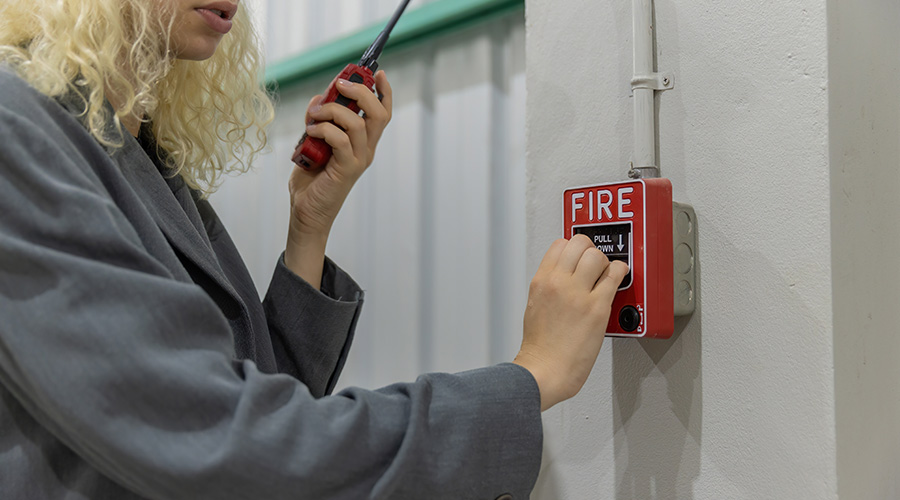Testing, Inspection Play Key Roles In Fire Safety System
Testing and inspection also play a key role in fire/life safety management. For example, though it may seem obvious, a building's fire alarm system needs to be tested to make sure it actually works and does so properly. In addition, it shouldn't be assumed that the fire department is simultaneously notified as the alarm sounds. Also, there should be testing, inspection and maintenance of crucial systems such as sprinkler systems and fire doors.
"This is not something that should be relegated to the end of the priority list," says Wayne Moore, principal of Hughes Associates Inc.
Taking these steps helps a facility manager know whether the best possible life/safety procedures are in place and that codes and standards are being met. It's impossible for facility managers to know all local and national requirements, but they should know the experts, organizations and resources that can help them. Many of the best practices, notes NFPA's Solomon, are contained in NFPA's codes and standards, including NFPA 25, NFPA 72 and NFPA 1.
"(Facility managers) need to know what they don't know so they can find someone to help them," he says. "They really have to have knowledge a mile wide and an inch deep. They have to know where the rule or the requirement might be."
Facility managers need to have policies and procedures in place as well. For example, building occupants often ignore fire alarms because they assume there isn't an actual fire, Jelenewicz notes. There needs to be a policy that prompts individuals to act even when they don't think it's necessary.
Obstacles And Overcoming Them
There are plenty of obstacles when maintaining best practices in fire/life safety management, but there are also ways to overcome those obstacles. For one, there's complacency. Management and tenants may view a fire as highly unlikely when there has never been one in a building. Also, fires don't occur on a regular basis, so they may not be high on the priority list for either facility managers or building owners. It's important that all the parties understand the short and long-term effects of a fire.
"Consider the cost of business interruptions if there's a fire," Jelenewicz says. "Imagine if there is a fire in your facility. Will you be able to work tomorrow?"
A building's tenants may be inconvenienced and their normal activities interrupted when there's a fire drill, but a discussion between facility management and the tenants can emphasize the importance of the drills and the necessity for every office to participate, says RJA Group's Baldassarra.
Another obstacle is a change of priorities by a building's management, perhaps pushing fire/life safety farther down the list than it should be, says Moore from Hughes Associates. A facility manager must make it clear to management that all fire/life safety systems must be operational at all times and meet the necessary codes and requirements, he says.
Similarly, the allocation of money can also be an issue, so a facility manager would be wise to find out how much of the capital budget is used for maintenance, building renovations and tenant work, Solomon says. If a fire pump is tested and it's determined that a new one is needed, is it difficult to convince management that the purchase is necessary? "It depends on the nature of the company and the support that the FM gets from their boss and their boss's boss," Solomon says.
Related Topics:














